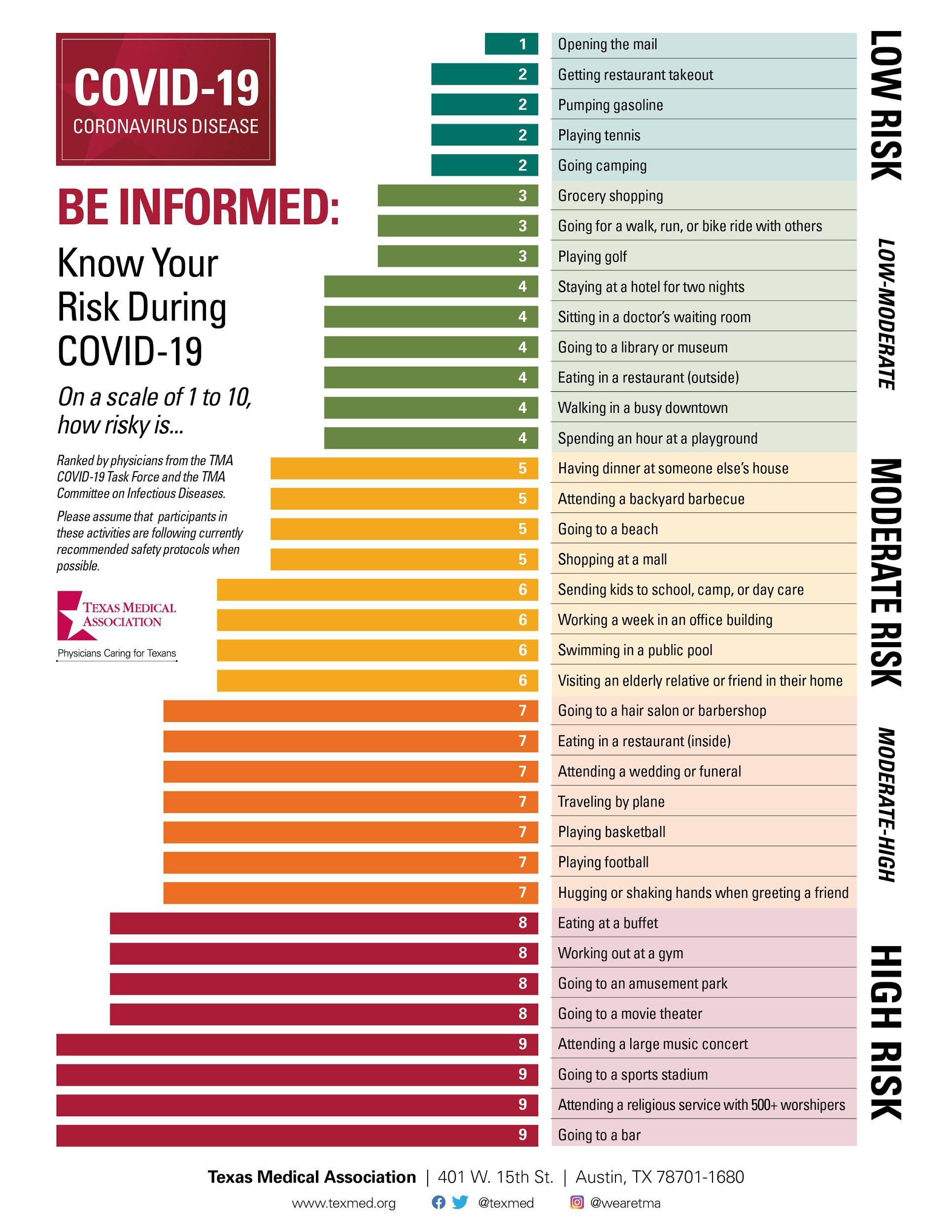
My Salon Is Open … Should I Go?
Consider the level of COVID-19 risk before venturing out.
Aug 10, 2020
May 14, 2024
Your Health
Laine's 25-year professional background includes experience in book & magazine publishing as well as marketing, communications, organizational development, strategic planning and fundraising for nonprofits. Having lived with ulcerative colitis (UC) since college, she has a particular interest in educating people about UC, Crohn's disease inflammatory bowel disease.
Full BioLearn about our editorial policies

Consider the level of COVID-19 risk before venturing out.
It had been enough time, and I was ready. I'd held out for four months (yes, even — gasp — cutting my own bangs) before finally making the call to my salon for a much-needed trim.
That morning, the salon was rather quiet, with only a few other clients sitting at their stations, which had always been spaced far apart. The only real change was the masks all of us wore: staff, stylists and clients. Given the few number of people there, the mask wearing, and maybe the fact that my stylist wasn't too chatty, I felt safe. Moreover, it felt really good to get back to doing something normal again.
But how much of a risk was I really taking? And what about other activities such as going to the gym or eating in a restaurant? Lacking a national mandate, states across the U.S. have been setting their own rules when it comes to reopening.
As a result, confusion abounds. It prompted physicians from the Texas Medical Association to create a “Know Your Risk During COVID-19 Chart" with activities rated from lowest risk (1) to highest (10) to help Texans make educated decisions about their activities.

So, what are other factors to consider before venturing out to your favorite spot? Here are some important guidelines from Barbara Dehn, a nurse practitioner and member of HealthyWomen's Women's Health Advisory Council.
Here are a few common activities and factors to consider.
Eating in a restaurant: Indoor dining poses definite and well-documented challenges because it involves being near and around potentially infectious people for a longer period of time, while having to remove your mask to eat. Then there's the high-touch factor of menus, utensils and especially the restroom. Even as some restaurants have shifted to digital menus and reduced their seating capacity, there are still several risks to consider. Outdoor dining is a much better choice.
Getting your hair and nails done: Going to a salon also poses the challenge of being in close proximity to others, even if it's just your stylist, for a prolonged period of time. If you're set on going, you should find out what protocols they have in place for safety. Are all staff and clients required to wear masks? Are the stations at least six feet apart? Do they thoroughly clean in between each client service?
Other measures salons are taking now include removing magazines from waiting areas, requiring walk-in customers to wait outside and offering touchless payment options. If your salon is lacking basic safety protocols, it’s best not to go. Other salons are asking their staff to wear face shields, which is a good idea because their proximity to clients is similar to that of health care providers in an exam room.
Going to the gym: Trying to ease the stress of COVID-19 by working out is a good thing. But health experts are cautious about people returning to their fitness center for a few reasons. First, the heavy breathing of exercise causes the dispersion of more droplets into the air, and if there’s poor ventilation, that’s even more of a problem. Second, gyms have shared equipment, water fountains and locker rooms, which all pose risks for contamination by multiple people. To help mitigate risk, many gym owners are limiting their guest capacity, spacing equipment further apart, expanding their cleaning protocols and moving some equipment outside. Even with such measures in place, going to the gym remains a high-risk activity.
The takeaway? Always first consider your health and the health of those you live with, and whether any of you fall into a high-risk category. Also, check your state’s guidelines on which businesses are allowed to be open, and then call to find out what safety protocols they’ve put in place. If you’re unsure, or it just doesn’t feel right, don’t go.
Now more than ever is a time to think twice and protect not only your health but that of your loved ones and the larger community.